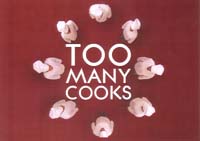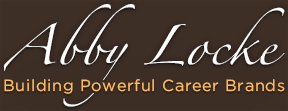
 Recently, one of my clients sent back her executive resume with a sea of red marks, deletions, and changes and also included comments from five different people.
Recently, one of my clients sent back her executive resume with a sea of red marks, deletions, and changes and also included comments from five different people.
My first response was “whoa” as it was very challenging to decipher her feedback from the remarks and “two cents” from everyone else.
Now, I am not getting defensive over my written resume samples, but overwhelmed at trying to sift through what is the client’s voice and what is the confusing chatter of other, well-meaning friends and colleagues.
While it makes sense to get input from other executives who are gainfully employed or who have completed a successful job search, be careful about following “advice” from everyone who gives it.
At the end of the day, making connections, executing proactive job search strategies, selling yourself in interviews, and getting in front of key decision makers lies in your court.
Always remember that your employment situation and career goals are unique to you, consequently, your job search campaign and career marketing documents should support those goals.
So, how do you know what format is best for your resume and whether you should include your web portfolio in your LinkedIn profile? Well, it completely depends on what you are trying to achieve – stop trying to adopt every tip and strategy that someone (non-career expert) is shoving down your throat.
So here are a few things to keep in mind:
- Identify upcoming events, reunions and conferences to attend for networking purposes.
- Think about key individuals who need to be part of your circle and start making efforts to connect with them.
- Take the time to learn more about your contacts and practice being a source of new introductions/referrals.
- Volunteer for projects or work-related activities that shift you you beyond your comfort zone and expose you to new people.




